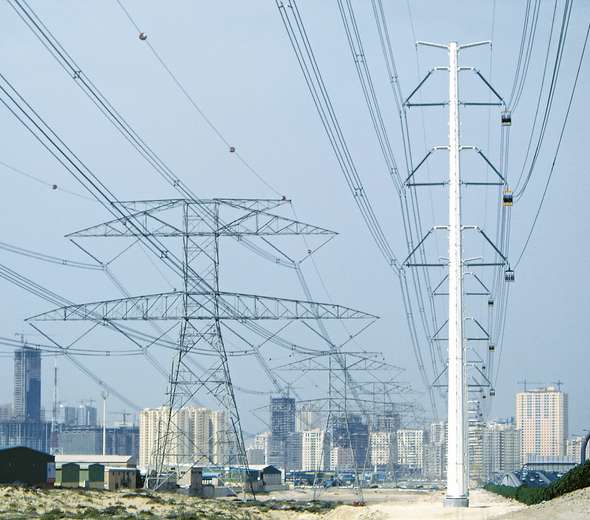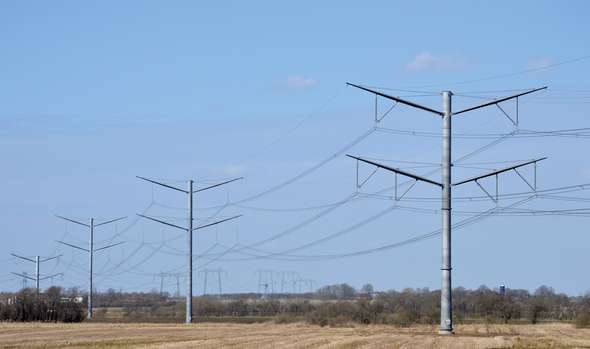The renovations to Germany’s power networks also require the reinforcement of existing overhead lines and the construction of new power grids. While this is going on, local residents are becoming increasingly sensitive to these building plans, like the furore over the planned North-South powerline in Germany. The result? Longer approval processes and increasing costs. Compact lines – a versatile and environmentally-friendly system that has already proven successful in a number of projects – is one alternative with a great deal of potential: With a smaller, more streamlined design while managing to be even more powerful, they are cost-effective solutions that everyone can get on board with.
Compact lines do not necessarily cost more. Thanks to the towers’ more compact design, material and assembly costs fall significantly, while the reduction to the width of the protective strips is another important financial aspect. But that’s not all that compact lines can do: Because they do not have to be installed on run-of-the-mill pylons, they open up more room for creating new, visually appealing solutions. This can really pay off, as already demonstrated by successful overhead line projects with innovative round pylons in the Netherlands and Denmark.
In contrast to conventional overhead lines, which are installed so that they can move around and therefore require larger gaps for insulation, compact lines fix the conductors in place, thus reducing the clearance for insulation accordingly. As a result, the width of the line can shrink by up to 50%. Increasing the density of the conductor lines also reduces the strain of the electromagnetic field. Impedance levels also fall significantly, which in turn allows compact lines to achieve transmission capacities around 15% to 20% higher. Using modern composite insulation strings by PFISTERER also significantly improves the lines’ response to short, sharp surges, where porcelain, a more brittle material, would fail.


